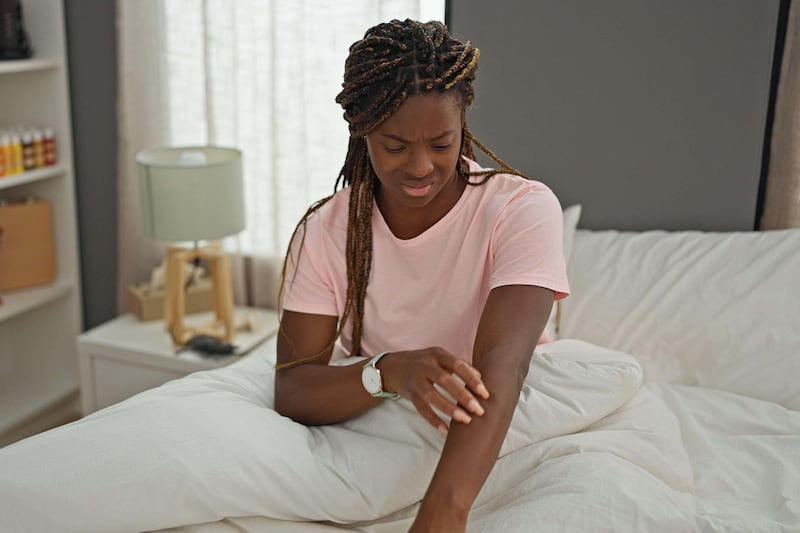HIGH-TECH goggles may be able to halt the progress of glaucoma, a common cause of sight loss.
Worn for half an hour a day, they are designed to deliver pulses of electricity to the eye to stimulate the optic nerve to repair itself - and are now being used in a clinical trial.
Researchers believe the treatment, which is backed by previous successful studies, will stop progression of the condition, which affects more than half a million people in the UK.
Glaucoma is a common eye condition involving damage to the optic nerve, a bundle of more than a million nerve fibres that links the eye's retina (the layer of light-sensitive cells at the back of the eye) to the brain's vision processing centre.
It's usually caused by fluid building up in the front part of the eye, increasing pressure inside the eye and on the nerve. This can lead to loss of vision if not promptly diagnosed and treated.
It's not clear why it occurs, although age, a family history of glaucoma and having other medical conditions such as diabetes and short-sightedness, can increase the risk.
There are a number of different types, with primary open angle glaucoma the most common. Most prevalent in the over-70s and -80s, this develops slowly, caused by the drainage channels in the eye gradually becoming clogged and affects peripheral vision first.
For this reason, people often do not realise they have glaucoma and it's only detected during a routine eye test.
Treatments include eye drops to reduce eye pressure, and lasers or surgery to open up the blocked drainage tubes or to reduce the production of fluid in the eyes.
Drops reduce the amount of fluid in the eye, either by increasing the drainage of fluid, or by reducing the amount of fluid made.
Researchers say that despite the effectiveness of such medications, many patients' glaucoma worsens, with progressive vision loss developing.
Up to a third of patients can contribute to this by forgetting to take their eyedrops regularly, according to a 2019 study in the Journal of Ocular Pharmacology and Therapeutics.
The new device, which looks like a pair of virtual-reality goggles and has been developed by South Korea-based Nu Eyne, uses low-level electrical stimulation to promote nerve tissue regeneration.
Electrical pulses are delivered to the skin surrounding the eyes through tiny electrodes. The electrical stimulation mimics the body's wound-healing mechanisms to trigger growth in the optic nerve, say its makers.
The trial, at Konkuk University, South Korea, involves 22 patients with glaucoma, who will wear the goggles for 30 minutes a day for 16 weeks. Doctors will monitor any changes in eye pressure and the thickness of the nerve fibres.
There is already some evidence suggesting electrical stimulation may be beneficial. A study in the current issue of the journal Brain Stimulation, involving 70 patients, found that optic nerve stimulation had halted glaucoma progression in the majority of patients who had not responded to conventional treatment of eye drops.
Each eye was stimulated with pulses of electricity until phosphenes occurred. These are the stars, zig-zags, squiggles, swirls and other shapes seen when the cells of the retina are stimulated by rubbing or after a sneeze, cough, or blow to the head.
Patients had 10 daily stimulation sessions over two weeks, each lasting about 80 minutes. The researchers from Germany's Friedrich-Alexander University said the treatment halted progression in more than six out of ten of affected eyes treated.
Commenting on the research, Gwyn Williams, a consultant ophthalmologist at Singleton Hospital, Swansea, said: "Glaucoma is a multifactorial disease and at present lowering intraocular pressure [pressure inside the eye] is the best way we know of to reduce progression.
"Although there has been recent interest in neuroprotection of the optic nerve [preserving the optic nerve] no study has yet demonstrated electrical stimulation to be an effective treatment in humans.
"It will be interesting to see the results of this new study but it is far too early to advise anyone about the use of these devices."
© Daily Mail






